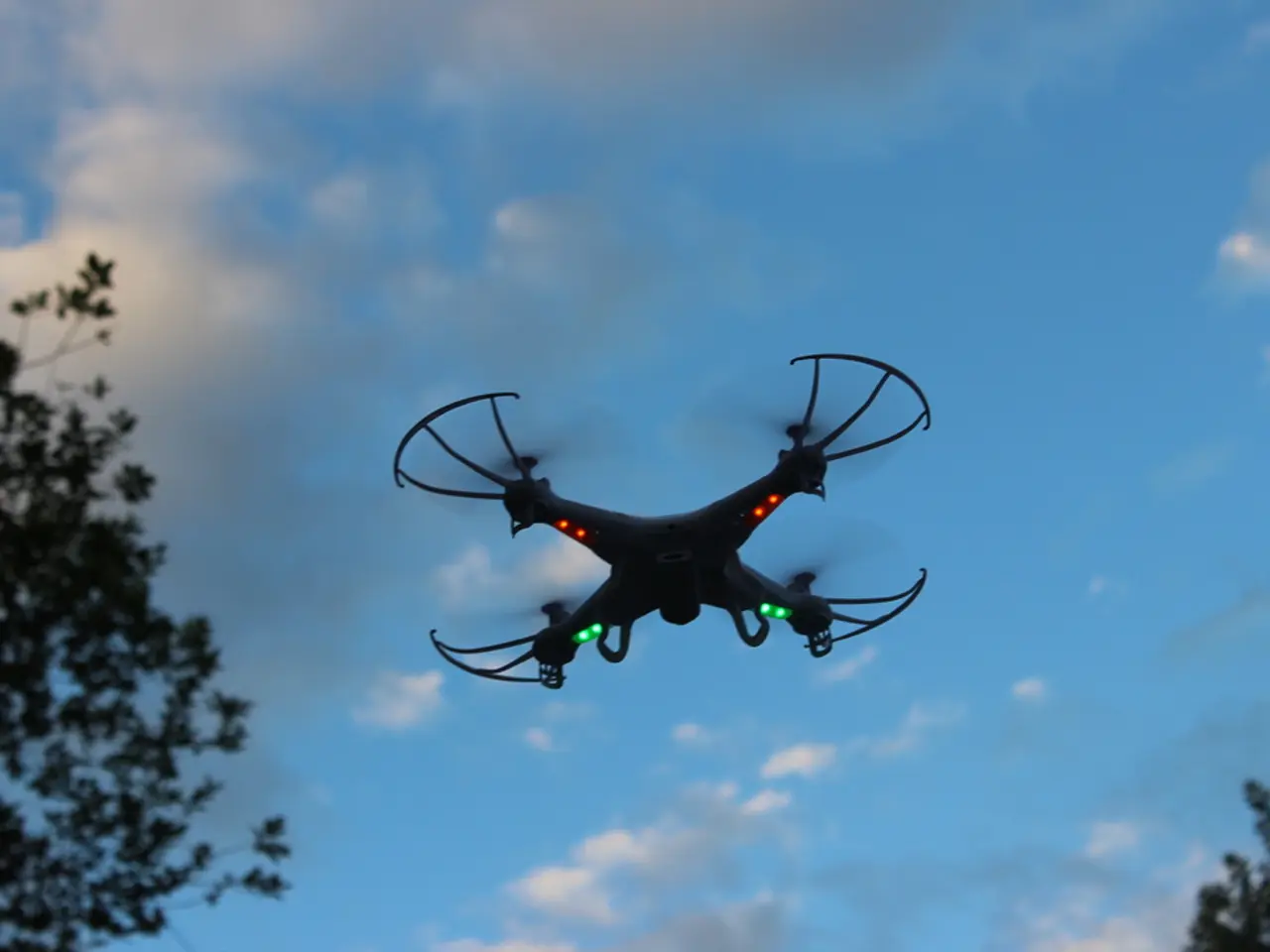Drone Comes to Rest in Commonplace Setting
In the skies above Germany, a quiet revolution is taking place. Drones, once perceived as children's toys, spy vehicles, or weapons of war, are now becoming integral to the country's logistics and construction sectors.
Drones, electrically powered flying devices, are finding their place in the economy, serving important functions that were barely noticed publicly until recently. The Zollernalb-Klinikum hospital, for instance, uses drones for logistics, a move that has become noticeable after thorough testing in the Zollernalb district. These drones carry medical supplies such as vaccines, blood products, lab specimens, and emergency medications, improving response times and reducing spoilage.
The use of drones in daily life is not widespread outside of specific use cases like the hospital example. However, the future prospects for drone logistics in Germany’s healthcare and everyday life are promising. Regulatory easing, advanced drone technology, and growing partnerships between medical institutions and logistics providers are driving this expansion.
Expansion plans include broader integration into emergency response networks, scaling up medical supply deliveries in rural and urban settings, and developing multi-purpose drone corridors for both healthcare and consumer deliveries. Urban drone delivery of goods such as food and e-commerce parcels is also rapidly evolving, leveraging drone landing infrastructure on rooftops and experimenting with payload insulation for hot meals.
The anticipated market growth is strong, with projections indicating significant increases in the medical drone sector driven by demand for faster, more efficient, and longer-range operations using smaller, more precise drones. Challenges such as airspace management, safety, endurance, and regulatory compliance remain but are progressively addressed through pilot projects and government support.
In the construction sector, drones are used to create terrain images, measure buildings, document construction progress, and even document equipment usage. These applications utilise remotely operated and semi-autonomous drones typically carrying payloads between 2-5 kg, which are ideal for construction tasks.
Despite these advancements, drones are likely to remain a niche product for safety reasons. The use of drones for package delivery in cities like Stuttgart, Mannheim, or Karlsruhe is not practical under current regulations. It is hard to imagine drones delivering packages daily in these cities under German standards.
In conclusion, drones are making a significant impact in Germany's healthcare and construction sectors. While they are currently used in limited capacities, the future holds promising expansion plans. As regulatory frameworks evolve and technology advances, we can expect to see more drones in our skies, facilitating faster, cheaper, and more environmentally friendly logistics and construction processes.




